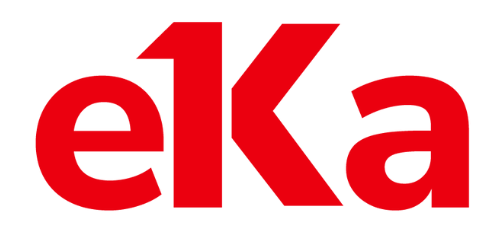Mining machine maintenance is the process of ensuring that mining equipment is kept in good working order to prevent breakdowns and minimize downtime. Mining machines are typically large, complex pieces of equipment that require regular maintenance to keep them running efficiently and safely.
The maintenance process involves regular inspections, cleaning, lubrication, repairs, and replacement of worn or damaged parts. Effective maintenance can increase equipment lifespan, improve safety, and reduce costs by identifying and addressing issues before they become major problems.
Maintenance activities can be conducted on a routine basis, such as daily or weekly inspections, or on a larger scale, such as yearly overhauls. Daily inspections are typically conducted by equipment operators, while more extensive maintenance activities may require the involvement of specialized maintenance personnel.
Mining Equipment maintenance strategy
A mining equipment maintenance strategy is a comprehensive plan that outlines the maintenance activities required to keep mining equipment in optimal condition. The purpose of a maintenance strategy is to maximize equipment uptime, minimize equipment downtime, and reduce maintenance costs.
A maintenance strategy typically involves the following components:
- Maintenance planning – This involves creating a maintenance schedule that outlines the maintenance activities required for each piece of equipment, including inspections, lubrication, cleaning, repairs, and replacement of worn or damaged parts. A maintenance planner is responsible for creating and managing the maintenance schedule.
- Maintenance execution – This involves carrying out the maintenance activities outlined in the maintenance plan. Maintenance personnel are responsible for executing maintenance activities in a timely and efficient manner.
- Condition monitoring – This involves monitoring the condition of equipment to identify potential issues before they become critical. Condition monitoring can be done through visual inspections, equipment performance monitoring, or using advanced technologies such as vibration analysis or thermal imaging.
- Predictive maintenance – This involves using data analysis to predict when maintenance activities should be performed based on trends and patterns in equipment performance. Predictive maintenance can help to reduce maintenance costs by identifying potential issues before they cause equipment failure.
- Continuous improvement – This involves reviewing and refining the maintenance strategy over time to ensure that it remains effective. Continuous improvement can involve analyzing maintenance data to identify areas for improvement, implementing new maintenance technologies, or providing training to maintenance personnel.
An effective mining equipment maintenance strategy is essential for ensuring that mining operations are safe, efficient, and profitable. By investing in a comprehensive maintenance strategy, mining companies can maximize equipment uptime, minimize downtime, and reduce maintenance costs, resulting in increased productivity and profitability over the long term.
Preventive mining equipment maintenance
Preventive mining equipment maintenance is a proactive approach to equipment maintenance that focuses on preventing equipment failures before they occur. This approach is critical to the mining industry because of the significant impact equipment failure can have on safety, productivity, and profitability.
There are several reasons why preventive maintenance is essential for mining equipment: - Minimizes equipment downtime: Unscheduled equipment downtime can significantly impact mining operations, resulting in lost production time and decreased profitability. By implementing a preventive maintenance program, mining companies can identify and address potential issues before they become critical, minimizing unscheduled downtime and maximizing equipment uptime.
- Extends equipment lifespan: Mining equipment is a significant capital investment, and it is essential to maximize its lifespan to ensure a return on investment. Preventive maintenance activities, such as regular inspections, cleaning, and lubrication, can help to identify and address issues that can lead to premature equipment failure, extending equipment lifespan and reducing replacement costs.
- Improves safety: Equipment failure can pose a significant safety risk to mining personnel. By implementing a preventive maintenance program, mining companies can identify and address potential safety issues before they become critical, minimizing the risk of accidents and injuries.
- Reduces maintenance costs: Reactive maintenance, which involves addressing equipment failures as they occur, can be costly, and it can be difficult to predict maintenance costs. Preventive maintenance activities can help to reduce maintenance costs by identifying and addressing potential issues before they become critical, reducing the need for costly repairs.
- Enhances equipment performance: Preventive maintenance activities can help to maintain equipment in good working order, optimizing equipment performance and reducing the risk of equipment failure. This can result in increased productivity and profitability for mining operations.
Preventive mining equipment maintenance is essential for ensuring safe, efficient, and profitable mining operations. By implementing a preventive maintenance program, mining companies can minimize equipment downtime, extend equipment lifespan, improve safety, reduce maintenance costs, and enhance equipment performance, resulting in increased productivity and profitability over the long term.
